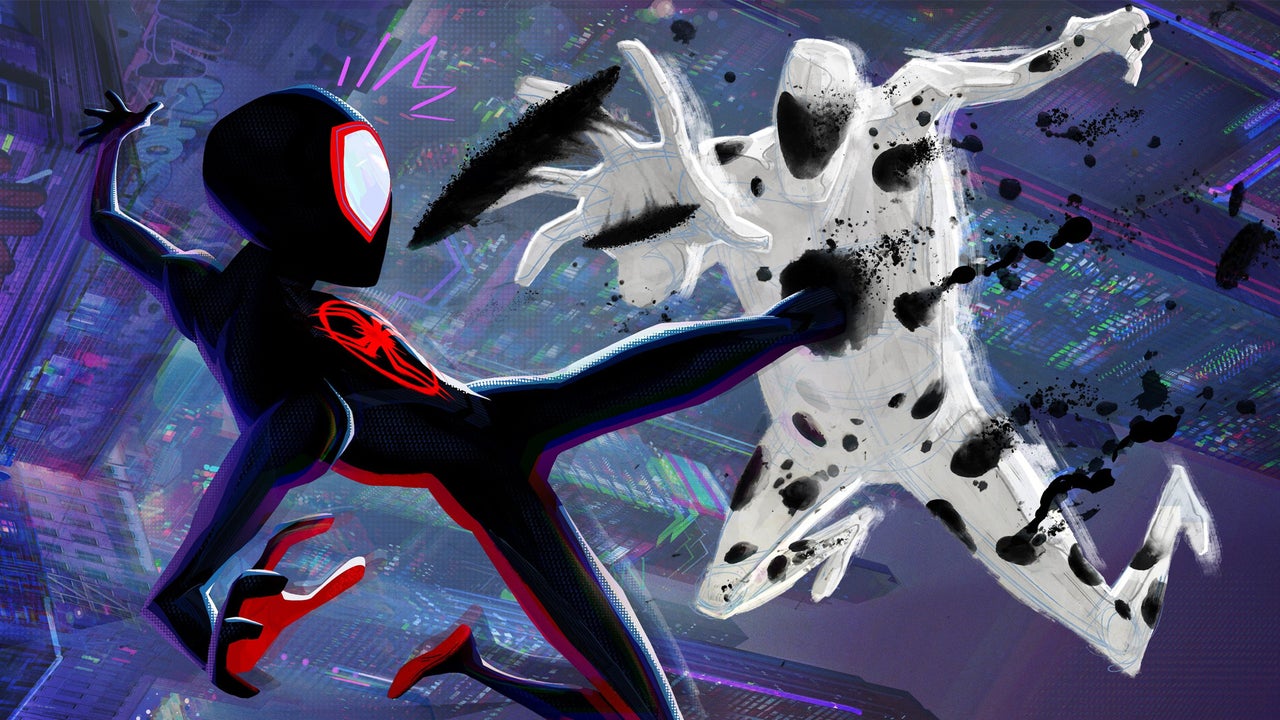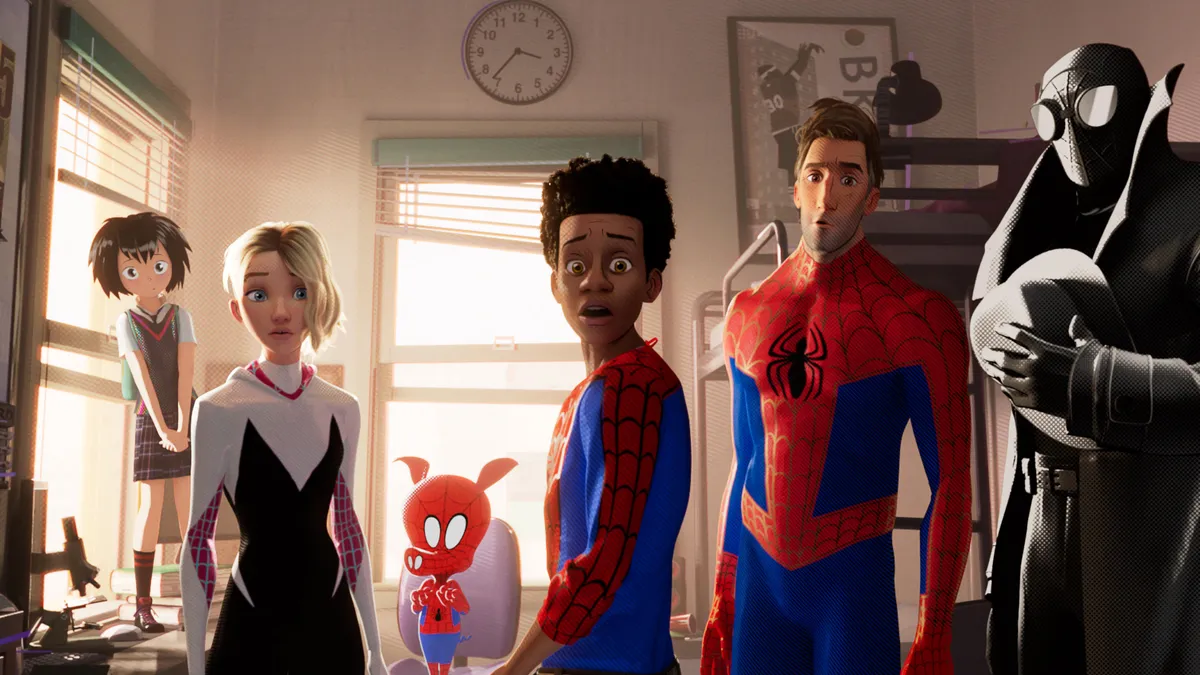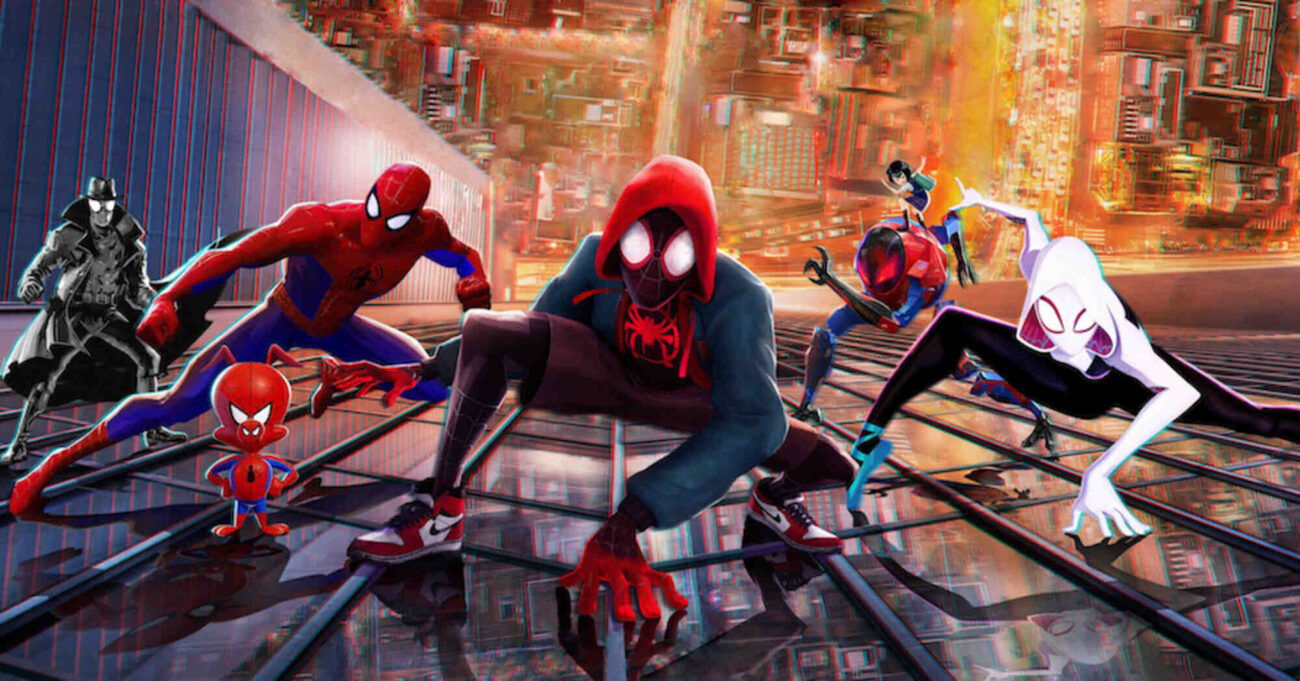
Spider-Man: Into the Spider-Verse, the first of its type Spiderman film, masterfully fuses animation with comic book storytelling to produce a work of art unlike any other. To explore the comic book storytelling of this masterpiece, keep reading our detailed article.
Spider-Man Redefined in Comic Book Storytelling

Since animation is also based on drawing, it looks to be the ideal form for combining elements of comic book storytelling. Both drawing and comics are derived from illustrations. Therefore the sophisticated visual components of comics feel most at peace in a sketched world.
The appreciation of creative diversity is a significant component of the beauty of comic book narrative. The different Spiderman characters are shown in various visual styles, much as they derive from multiple origins, genders, ethnicities, and planets.

The frame rate that the animators chose is another one of the key strategies used in Spider-Man: Into the Spider-Verse to produce this comic book vibe. The movie was recorded in “twos.” Almost every frame of a subject’s motion is therefore utilized. This makes movements more pronounced and enables actions to stand out, much like a comic character might on a sheet. But it may also subtly aid in selling the tale rhythms.
The viewers saw Spider-Man: Into the Spider-Verse do things that other illustrated superhero movies might be able to do better than live-action movies: imitate the comic book narration style. This movie distinguishes itself in the world of graphics by adopting this distinctive narrative approach and benefits the tale it portrays.
In summary, Spider-Man: Into the Spider-Verse is nothing short of a love letter to the fans of superhero movies and creators of comic book storytelling. It has defined a new comic book storytelling era, and we hope it’s here to stay.